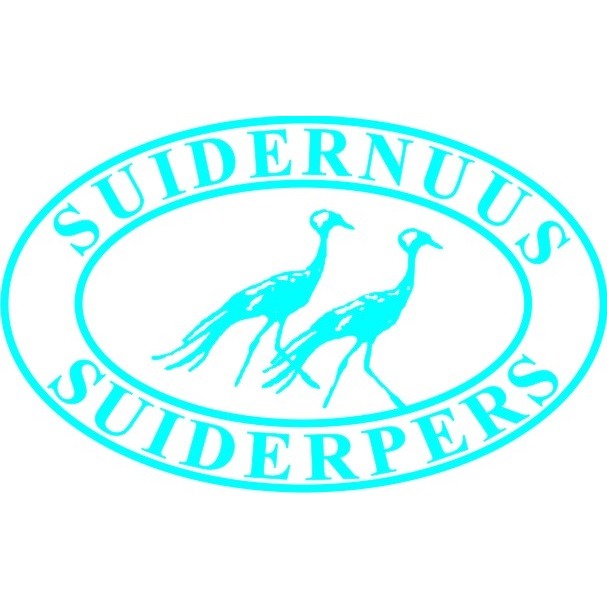Otter with her cubs in Struis Bay
Look with your eyes, not with your hands
An otter with her cubs were recently clicked at Struis Bay. Otters are near threatened and therefore enjoy protection. The Human Society International - Africa asked people to keep a distance from the animals.
Otter habitats are shrinking dramatically on account of urban development along coasts and riverbanks. This means the animals are becoming more visible in urbanised terrain and also more habituated to people.
Nicci Wright, a wildlife specialist for the Humane Society International - Africa and member of the African Otter Advisory Group, warned that otters are apex predators and will defend themselves and their territory if people get too close, or dogs are off leash. They are particularly fierce when they have cubs.
The African clawless otter counts among 13 otter species and is the third largest in the world. It is widely distributed throughout South Africa. While they are largely known to be freshwater mammals, they do occur in marine habitats where there is also access to fresh water.
Otters are usually solitary, but when there is enough food around, they can be found in family groups, mostly of females with their cubs or, more rarely, males and females with their young.
African clawless otter numbers are declining and the species is currently listed as near-threatened. The main threats are poaching for skin and body parts and habitat loss on account of urbanisation.
Local reporter and Humane Society International - Africa







.jpg?width=200&height=94)





























